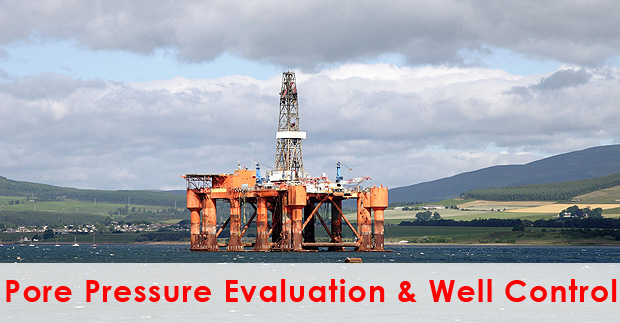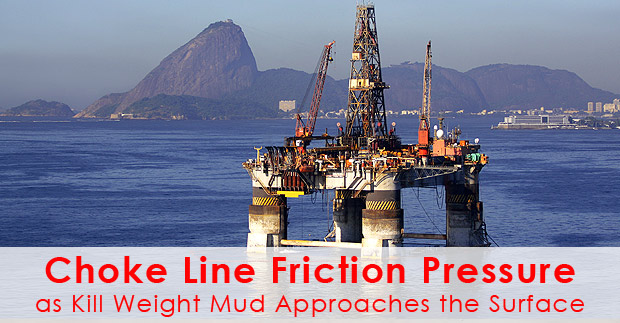During a drill well on paper phase, wells might be planned based on available data from offset wells or nearby areas. This information may deviate from the actual drilling phase due to several reasons therefore it is very critical to have good monitoring and evaluating pore pressure while drilling. The actual pore pressure will dictate where to set the casing, how much the actual mud weight should be, what potential problems are, etc.
The actual reservoir pressure obtained while drilling will be used to determine right mud density in order to ensure an adequate primary well control. Besides the well control, the proper mud weight can help us in several aspects such as minimizing lost circulation and pipe sticking and maximizing a rate of penetration. You can achieve the trouble free drilling operation.












